Description
Puma Agate
Puma Agate
Puma Agate
Puma Agate
Puma Agate
Puma Agate
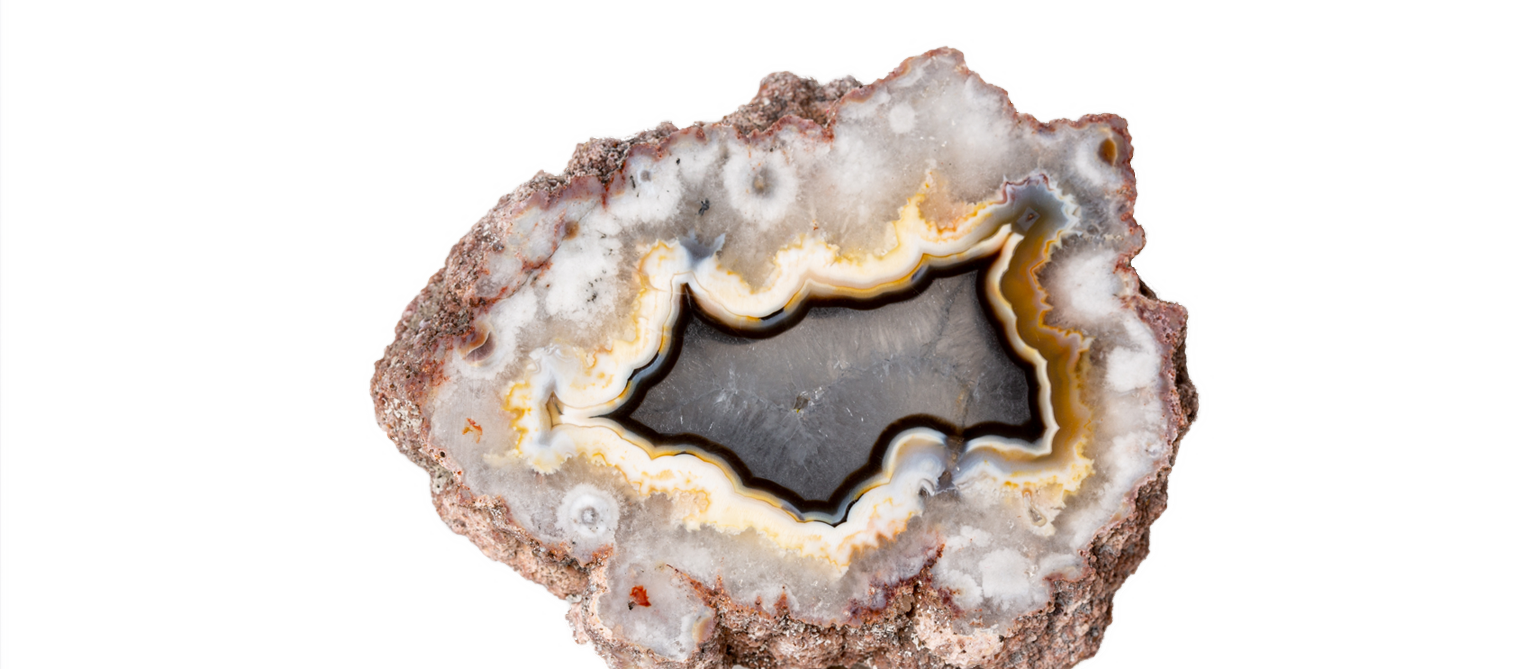
AGATE
About Puma Agate
The "Puma" Agates appear to be a type of sedimentary concretion formed by water or evaporate mineral expansion of fossils, likely crinoid heads in a similar manner as the Indiana "Geodes", Kentucky & Alabama Agates. The agates come a range of colors such as white, gray, red, orange, yellow, black brown, and blue with brown to orange colors being most common colors while black colors being more scarce. Some agates contain multiple fractures that have been "healed" and bleached by water giving them a chambered look.
Where are Puma Agates found?
Chubut & Neuquen Provinces, Patagonia, Argentina, South America. There are several trade-names given to the same type of agates. They had been sold under the names of “Puma” “Neuquen” and “Samtra” agates even the sources expand from Marlarque in Chubut province to northern Neuquen provinces. It’s difficult to distinguish the agates from several locations in both Chubut and Neuquen provinces.
History
During the past several years Argentina has become one of the new hot beds for agate prospecting. The condor agate was introduced to the U.S. market in 1992 by the former Argentinean actor, Luis de los Santos. Since then he discovered the puma agate in 1993, the crater agate in 1997, and more recently the Black River agate. Prospecting and mining these agates is difficult. Not only are the locations extremely remote, but the work must be done at elevation where the weather is often not cooperative. Luis named Condor agate after the large Condor birds that were flying over him during the trip that he discovered the agate. It is mined at over 6,000 feet. The site can only be reached by horse back.
Lore
Agate was highly valued as an amulet or talisman, according to ancient texts. People believed that it was able to protect from fevers and quench one’s thirst. According to some legends, Persian magicians used it to affect the weather and divert unwanted storms.
Agate bowls were famous in the Byzantine Empire and were commonly found in residences of European royalty as well as museums. An example of how enthusiastically these bowls were collected is a collection by Mithridates, King of Pontus, which has over 3,000 Agate bowls.
Metaphysical
Agate is believed to provide a balance between one’s spiritual, intellectual, emotional, and physical states, as well as to stimulate general analytical capacity and enhance perceptiveness.
It improves concentration and memory, promotes goodwill and alleviates hostility, and assists in encouraging honesty and discerning the truth. Agate is also used by people who want pleasant dreams, because of its calming influence and insomnia preventing effects.
There are many varieties of the stone, and they are all associated with specific chakras. Agate is known to bring a sense of balance to all chakras, promoting harmony throughout all of them with its smooth energy that mutes tensions and washes over the aura.
The Agate mantra one should use when feeling overstimulated or unbalanced is: “With ease of mind, I welcome peace and balance into my life.” Take two Agate stones in each hand and repeat the mantra during your meditation to aid the process of change.
Unlike selenite or clear quartz that vibrate intensely, Agate healing properties are steady and slow because they vibrate on more gentle frequency. They connect with the energy of the Earth to ground one’s spirit with a sense of stability.
Note: There is no scientific evidence that supports the effectiveness of mineral stones and crystals in treating ailments. All information published here is purely for educational purposes.
Scientists attribute the “healing impact” to the placebo effect that takes place when using stones and crystals. Holding stones and meditating with them is said to trigger the release of feel-good hormones (endorphins and dopamine) in the brain.


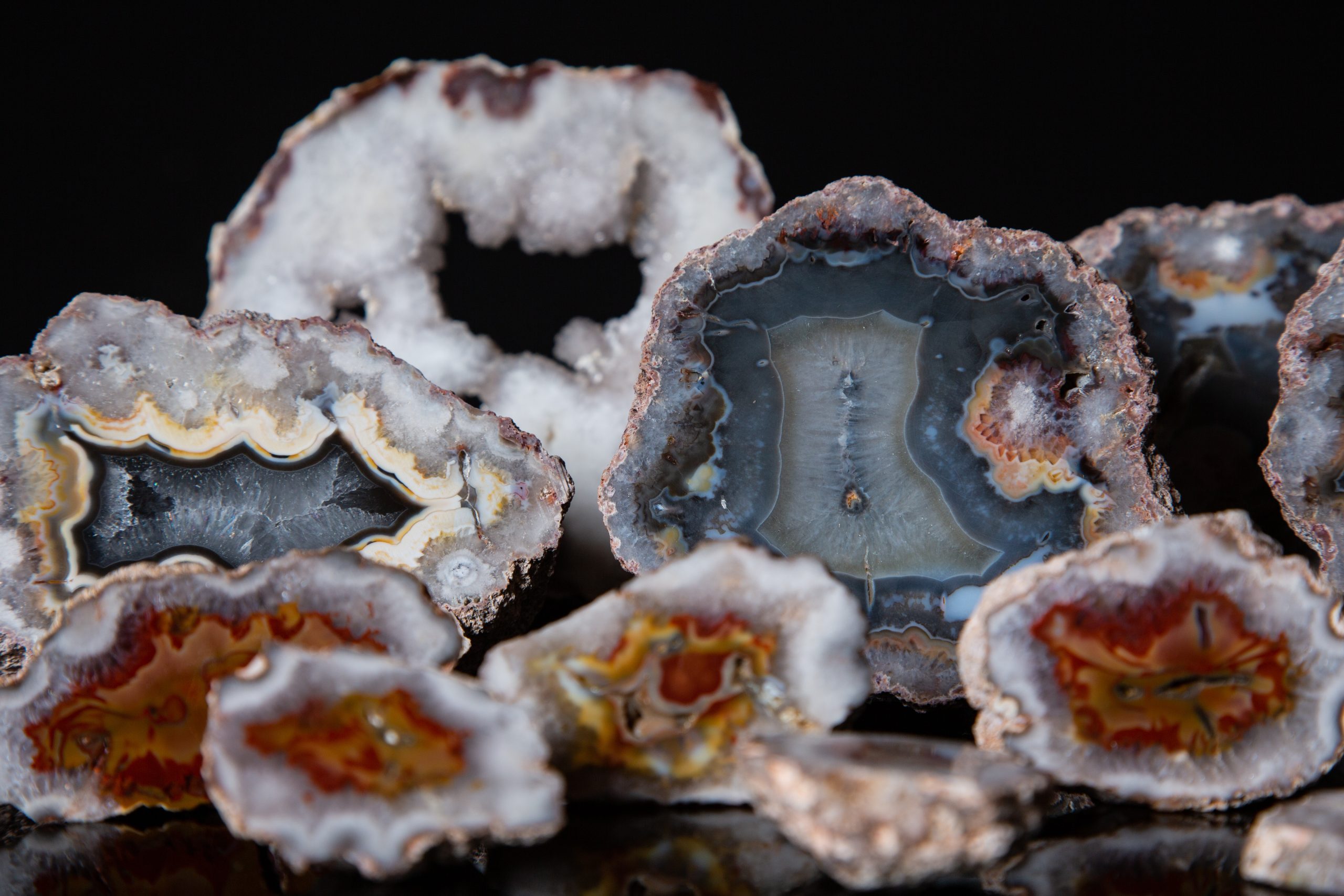



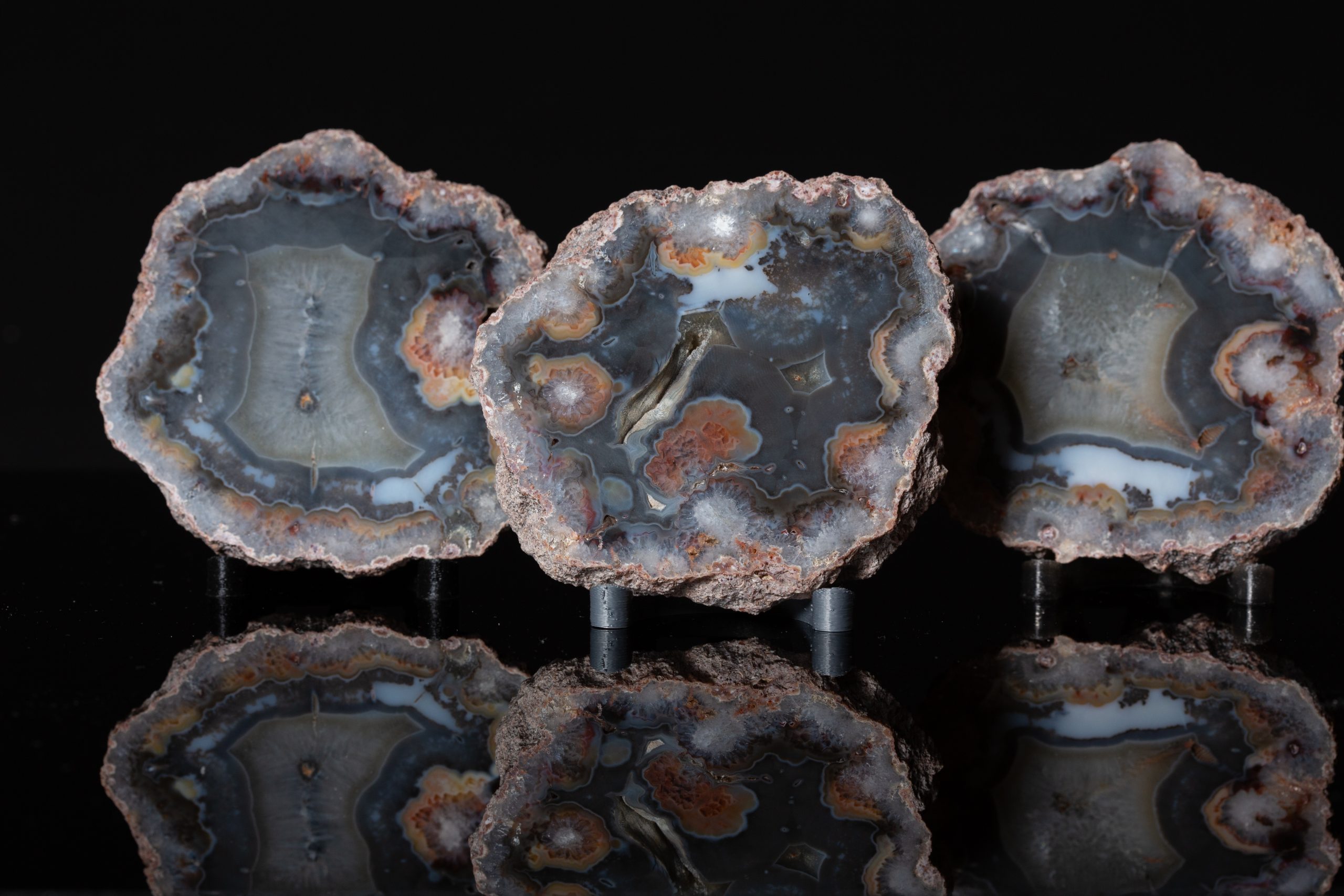



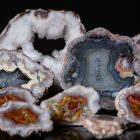



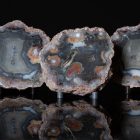
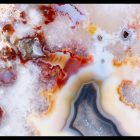


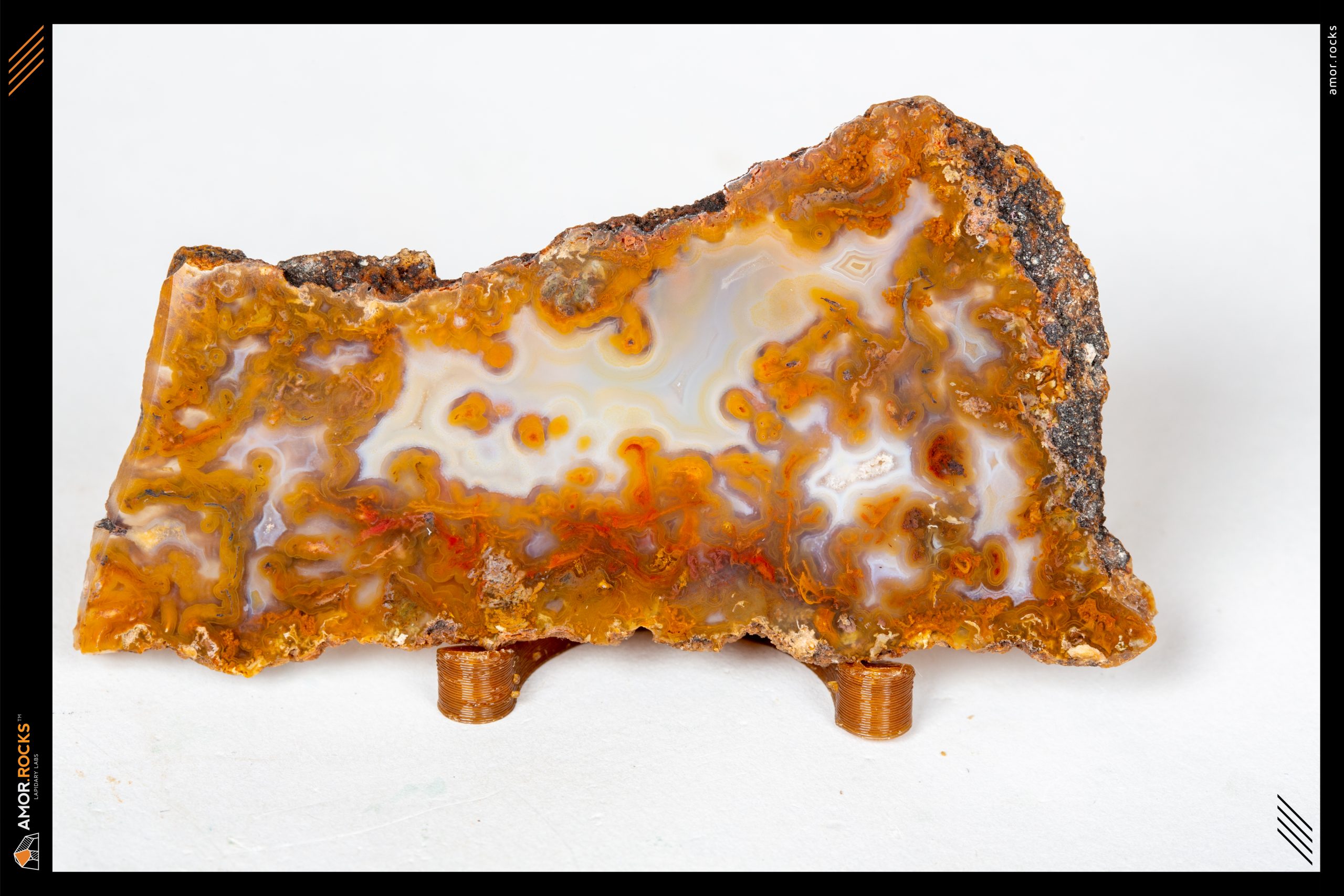



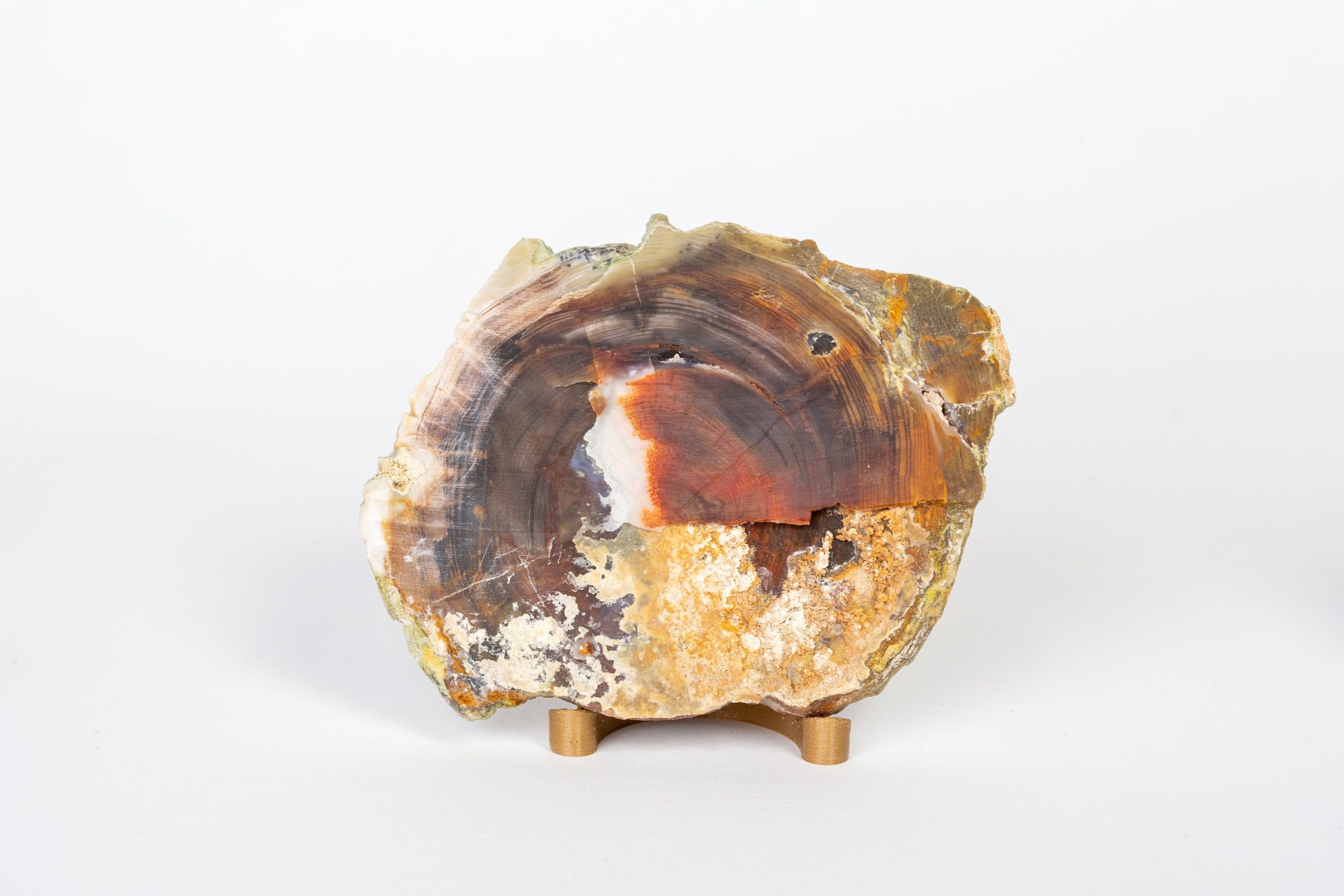

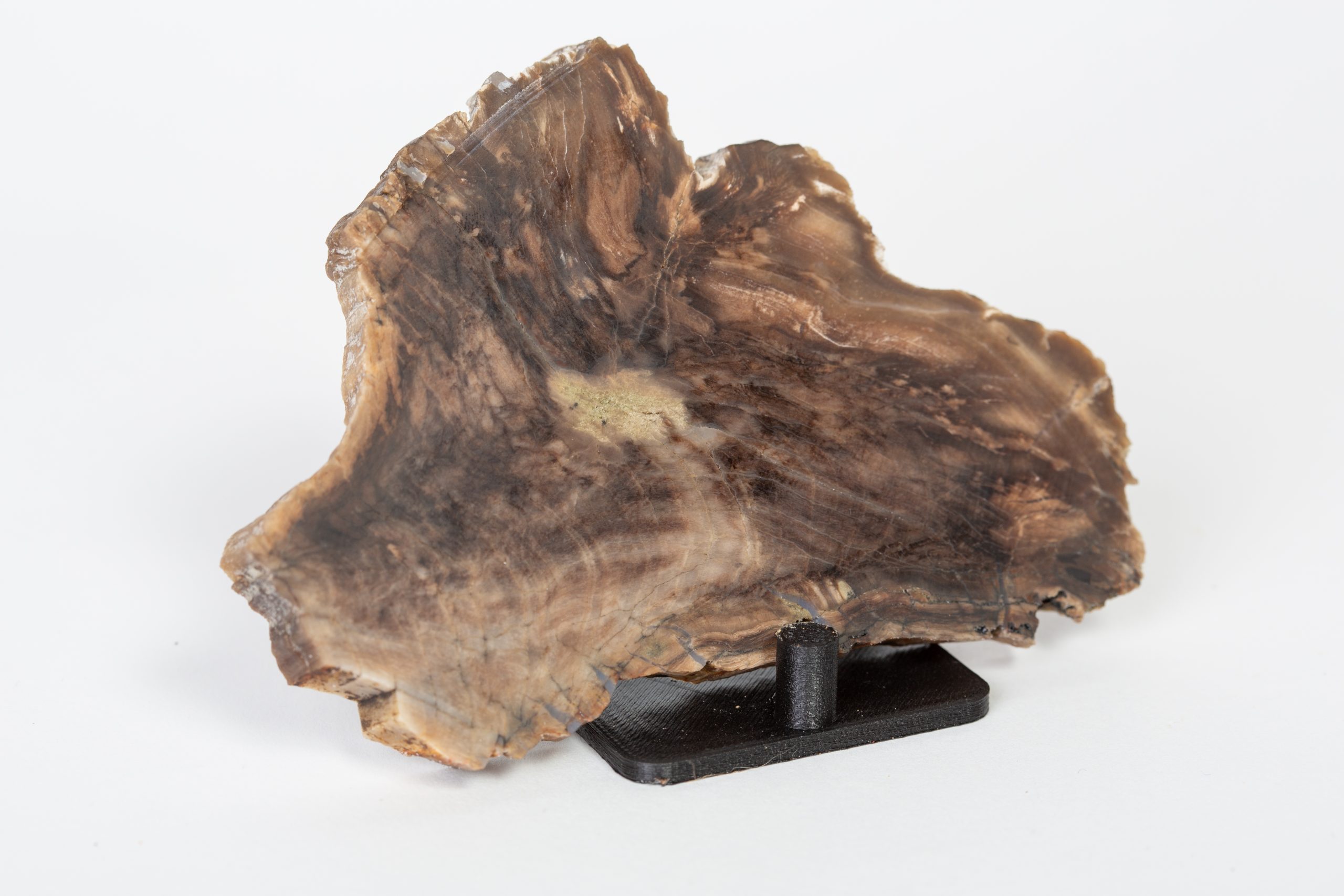

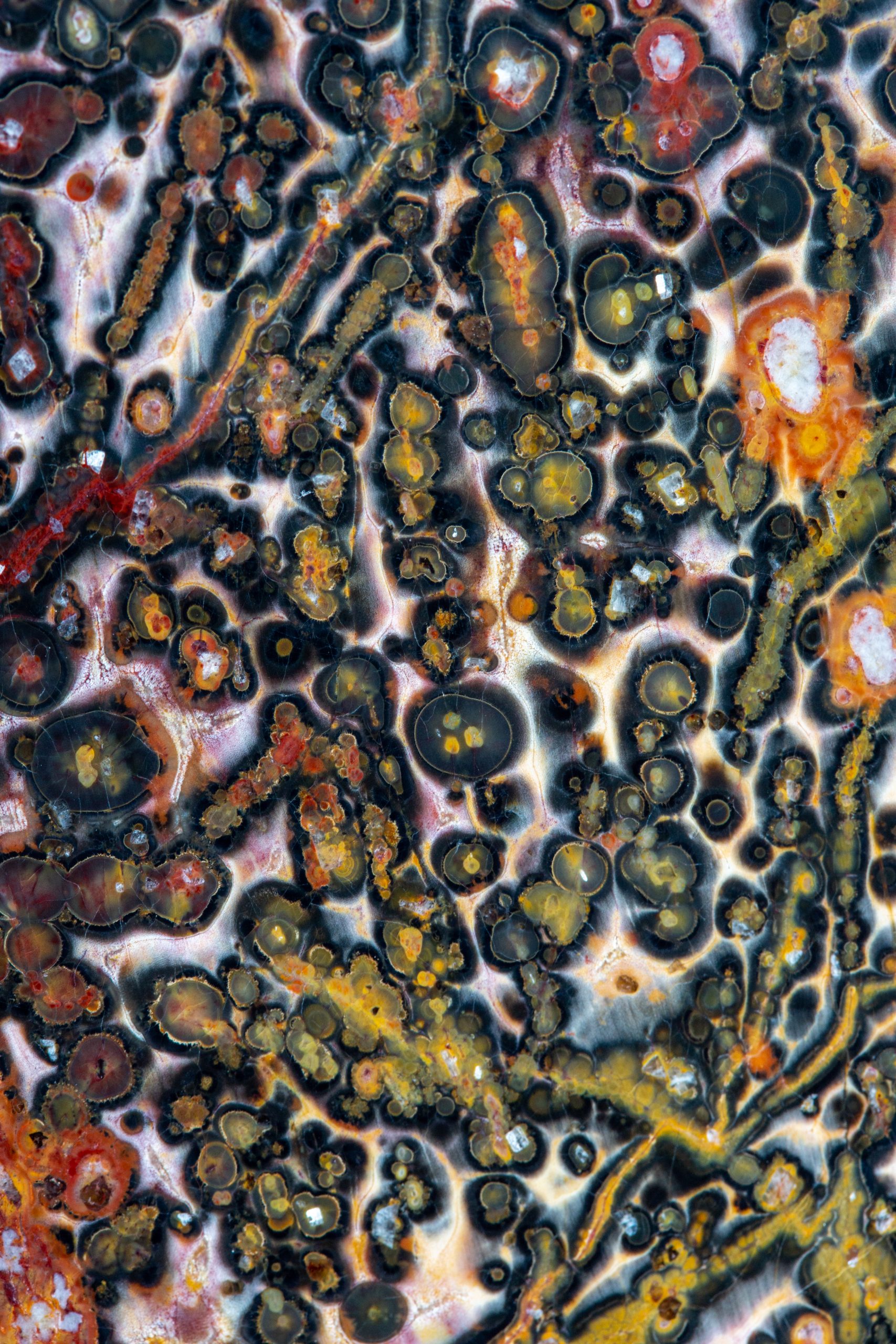




There are no reviews yet.